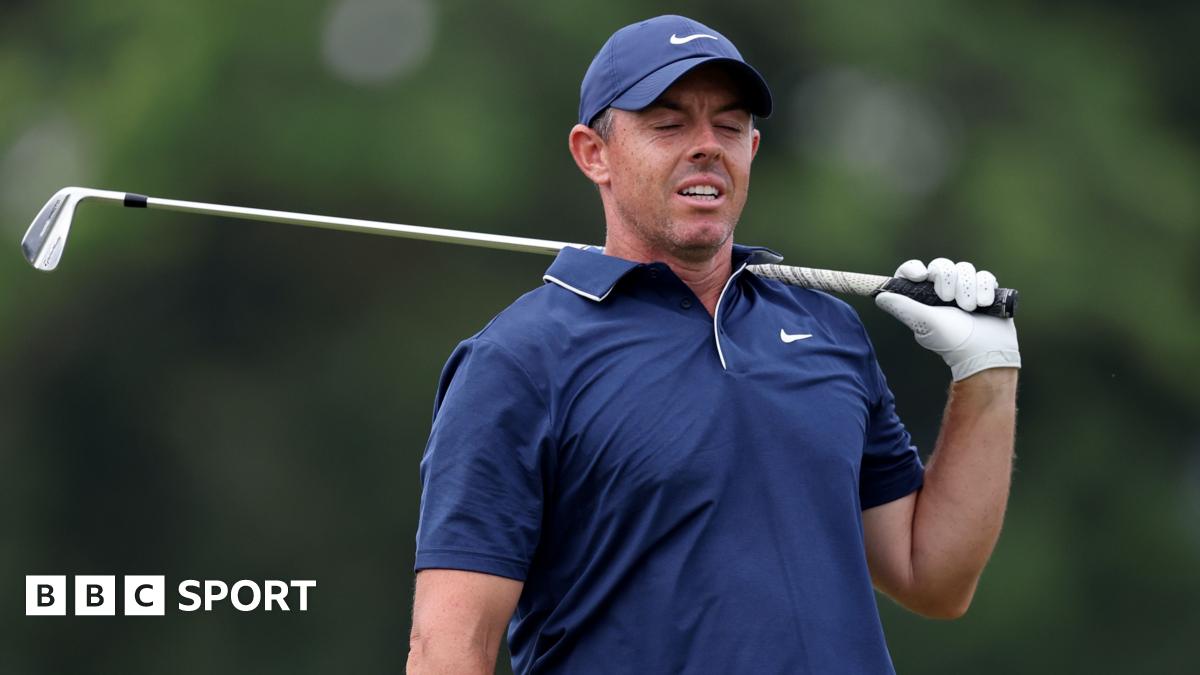The words may have been printed on gym vests for decades, but is “no pain, no gain” actually true when it comes to the benefits of exercise, such as improved cardiovascular health or increased muscle mass?
“Not strictly,” says Dr Oly Perkin from the University of Bath’s Centre for Nutrition, Exercise and Metabolism (CNEM). “A better way of putting it is that you may make more gains if you experience a bit of pain.”
The kind of “pain” we’re talking about isn’t necessarily harmful. It’s your body’s way of signalling effort – “and more effort tends to signal more reward”. This may include a feeling of discomfort and a desire to stop if you have a racing heart or burning muscles: a stress response that evolved to regulate exertion. Perkin adds: “If exercise didn’t induce some discomfort, we’d all just do it constantly, and be fatigued.”
Then there’s delayed onset muscle soreness (Doms), the ache you can feel a day or two after a workout. “It’s thought it may be a protective mechanism – your body’s way of telling you that muscle needs time to recover,” says Perkin.
But your starting point matters. When you begin exercising, movement may feel more uncomfortable, but as your body adapts, you may move more efficiently or develop stronger mental resilience. Then it will feel easier, but you’ll probably still be making gains.
Doms is also more likely to be caused by some exercises than others, no matter your level of exertion. Workouts that are new to you are more likely to trigger it, so can those, like running downhill, that cause muscles to stretch while under tension.
“You don’t need to experience a lot of pain to make improvements,” says Perkin, especially if you’re starting from a low baseline. Low-impact exercise such as walking and cycling can be really effective – particularly when done for extended periods of time. “Any movement – even if it doesn’t feel tough – is far better than doing nothing,” he says.

 7 hours ago
2
7 hours ago
2










 English (US)
English (US)